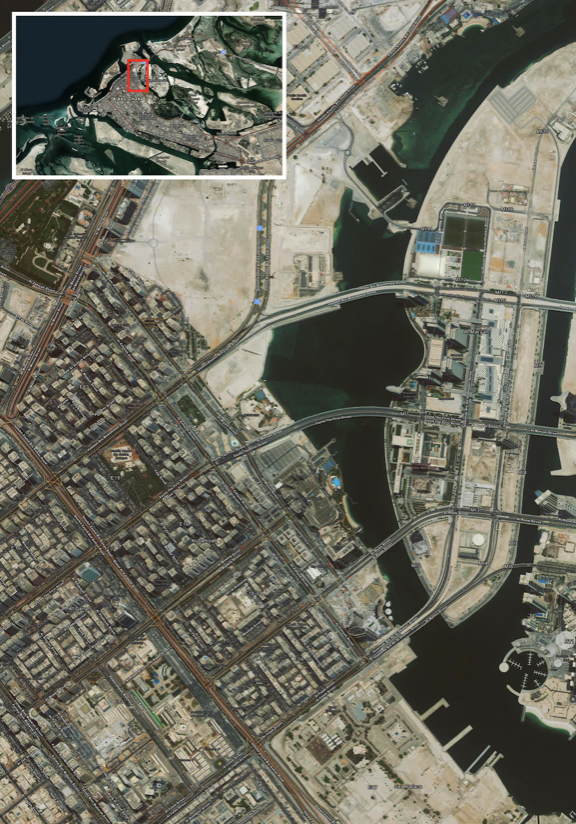

We suggest that Abu Dhabi’s arid climate intersects with its political climate in complex ways that condition the possibilities for its communal spaces and forecast transformations of the conception of publicity and privacy in the wider, warming world. To that end, we seek to re-define publicity and privacy in the context of Abu Dhabi, in part by considering hybrid formations such as the public use of private spaces (e.g. malls) and intimate uses of public spaces (e.g. families gathering for a picnic in a park). The problems with Western democratic assumptions of “public space” are many. For one, the collapse of “public” as what-is-common or shared-by-all with “public” as what-is-open or accessible-to-all is not consistent across all cultural contexts. For another, “public” cannot mean “owned by all” in an elective monarchy where all land is donated by the ruling families and at least 80% of the population are expatriate workers with no pathway to citizenship. Yet, such limits do not mean that people do not appropriate and exploit shared surroundings for their own purposes. “Public space” is certainly made. But is public space a built facility provided by architecture and planning design? Or is it an innate element of any urban environment that is claimed by its residents? And does the balance between these two positions shift if and when the climate no longer supports life without technological intervention?
The project’s blog is meant to explore these questions and report on our ongoing research. Blog posts present ethnographic snapshots of the spaces studied; recount some of the encounters and conversations that took place during fieldwork; and reflect on relevant concepts from the literature. Written by student and faculty researchers, they offer an exploratory insight into the relationships between urbanism and the environment, through the perspectives of a diversity of city-dwellers.
